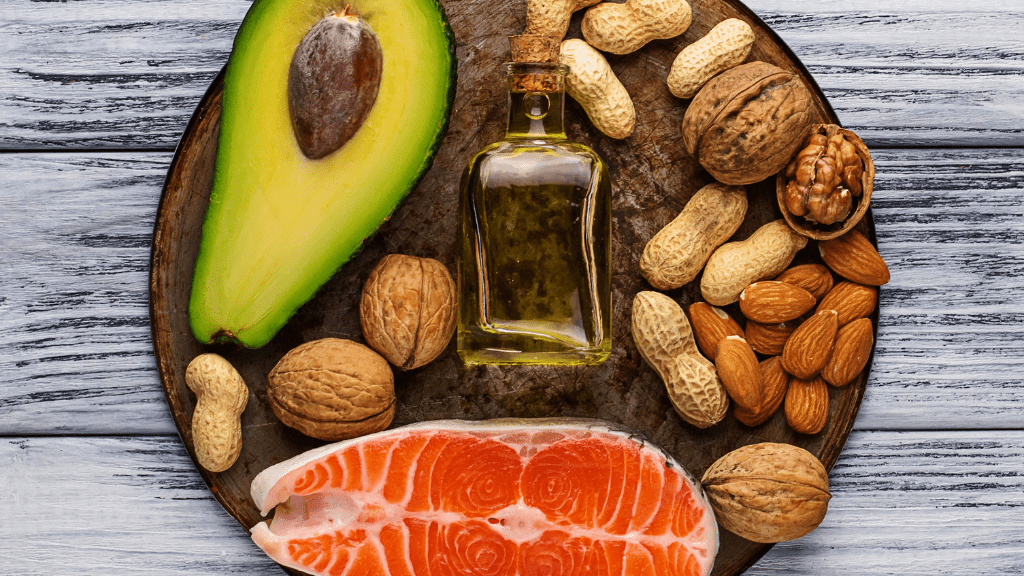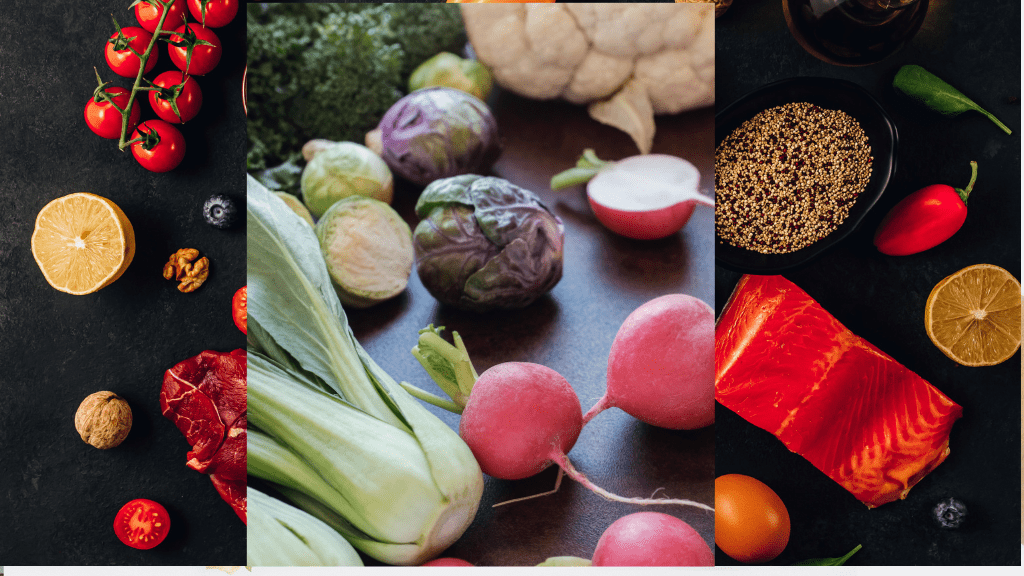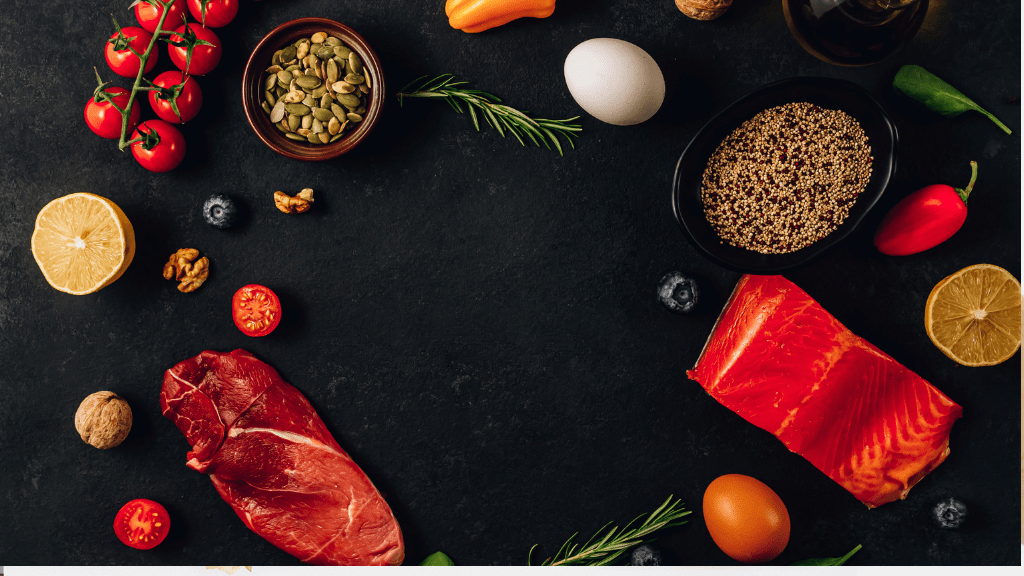The Benefits of High-Fiber Vegetables for a Keto Diet
The ketogenic (keto) diet is well-known for its focus on high-fat, low-carbohydrate eating. The goal of this diet is to shift the body into a state of ketosis, where it burns fat for energy instead of carbohydrates. While the keto diet emphasizes fats and proteins, it’s essential not to overlook the importance of fiber. Specifically, high-fiber vegetables play a crucial role in ensuring digestive health, maintaining a balanced gut microbiome, and providing essential nutrients that can enhance the effectiveness of the keto lifestyle.
In this blog, we'll explore the benefits of including high-fiber vegetables in a keto diet, which vegetables are keto-friendly, and how you can incorporate them into your daily meals.
Why Fiber Is Important on a Keto Diet
The ketogenic diet limits carbohydrates, and this often leads to people cutting out many fiber-rich foods, such as whole grains, fruits, and certain legumes. However, fiber is a unique form of carbohydrate that doesn’t impact blood sugar in the same way as other carbs. Unlike digestible carbohydrates, fiber passes through the digestive system without being broken down, which means it doesn’t interfere with ketosis. Fiber serves many essential functions in the body, especially during keto, where digestion can be affected by the lower intake of carbohydrates.
1. Supports Digestive Health
One of the most important benefits of fiber is its role in supporting digestive health. High-fiber vegetables, particularly those that contain insoluble fiber, help add bulk to stools and promote regular bowel movements. Constipation can be a common side effect of the keto diet due to the reduced intake of fiber-rich foods. Including high-fiber vegetables in your meals can prevent constipation, bloating, and other digestive issues that may arise when following a low-carb diet.
2. Feeds Healthy Gut Bacteria
Fiber is essential for feeding the beneficial bacteria in your gut. These bacteria help break down fiber into short-chain fatty acids (SCFAs), which provide energy to the cells lining the colon and reduce inflammation in the body. Maintaining a healthy gut microbiome is important for overall health, immune function, and even mental well-being. On a keto diet, where gut health can be impacted by changes in food intake, high-fiber vegetables help keep your digestive system balanced.
3. Stabilizes Blood Sugar Levels
Although the keto diet already promotes stable blood sugar levels by limiting carbohydrate intake, adding fiber to your meals further helps to slow the absorption of sugars. Soluble fiber, found in vegetables like Brussels sprouts and broccoli, can slow the digestion process and prevent blood sugar spikes after meals. This is especially beneficial for those on keto who may be managing insulin sensitivity or aiming to control their blood sugar.
4. Promotes Satiety and Weight Loss
Fiber-rich foods are naturally more filling because they add bulk to your meals without adding digestible carbohydrates. By eating high-fiber vegetables, you can promote a feeling of fullness that can last longer between meals, reducing the likelihood of overeating. For those following the keto diet for weight loss, this added satiety can be a valuable tool in managing calorie intake while still feeling satisfied.
Keto-Friendly High-Fiber Vegetables
When it comes to choosing vegetables for a keto diet, it’s important to focus on low-carb options that still provide plenty of fiber. Below are some of the best high-fiber vegetables that fit perfectly within the parameters of a keto diet:
1. Spinach
Spinach is one of the best vegetables for keto because it is very low in carbohydrates yet packed with nutrients and fiber. One cup of cooked spinach contains about 4 grams of fiber and only 1 net carb, making it an ideal choice for maintaining ketosis while supporting digestion.
2. Broccoli
Broccoli is a versatile and fiber-rich vegetable that’s perfect for keto meals. A cup of broccoli provides around 5 grams of fiber and 3.5 net carbs. It’s also high in vitamin C, calcium, and antioxidants, making it a nutritional powerhouse for anyone on a low-carb diet.
3. Brussels Sprouts
Brussels sprouts are another great option for adding fiber to your keto diet. One cup of cooked Brussels sprouts contains about 4 grams of fiber and around 4.5 net carbs. They’re also rich in vitamin K, folate, and powerful antioxidants.
4. Zucchini
Zucchini is not only low in carbohydrates but also high in fiber. A medium-sized zucchini contains about 2 grams of fiber and only 3 net carbs. Zucchini is a versatile vegetable that can be spiralized into noodles, roasted, or added to casseroles.
5. Cauliflower
Cauliflower is a keto staple due to its low carbohydrate content and versatility in cooking. A cup of cauliflower provides 3 grams of fiber and only 2 net carbs. It can be used as a substitute for grains and starches, such as rice and potatoes, making it an excellent choice for keto-friendly meals.
How to Incorporate More High-Fiber Vegetables into Your Keto Diet
Now that you know which high-fiber vegetables are keto-friendly, here are some easy ways to incorporate them into your diet:
1. Add Vegetables to Every Meal
One simple way to increase your fiber intake is to include high-fiber vegetables in every meal. For breakfast, consider adding spinach or kale to your eggs or making a veggie-packed omelet. For lunch, opt for a salad base of leafy greens like arugula or romaine, topped with roasted broccoli or Brussels sprouts. At dinner, include a side of roasted cauliflower or sautéed zucchini with your protein source.
2. Make Soups and Stews
Soups and stews are an excellent way to incorporate a variety of vegetables into your diet. Use a bone broth or vegetable broth base and load it up with fiber-rich vegetables like spinach, cauliflower, and zucchini. Soups are also great for meal prepping, allowing you to have fiber-packed meals ready throughout the week.
3. Use Vegetables as Replacements for Carbs
One of the best things about keto is the creativity that goes into replacing high-carb foods. Zucchini can be spiralized into noodles (zoodles), cauliflower can be riced to replace grains, and lettuce leaves can be used as wraps in place of tortillas or bread. By using high-fiber vegetables as substitutes for traditional carbs, you can add fiber to your meals without sacrificing flavor or texture.
4. Snack on Raw Vegetables
Raw vegetables like cucumber, celery, and bell peppers are perfect for snacking on a keto diet. Pair them with keto-friendly dips like guacamole or a low-carb dressing for added flavor. Raw vegetables retain all their fiber and nutrients, making them a healthy, satisfying option.
5. Make Vegetable-Based Side Dishes
Roasted Brussels sprouts, mashed cauliflower, or sautéed spinach can be delicious and fiber-packed side dishes for any meal. By making vegetables a central part of your plate, you’re more likely to meet your fiber requirements while staying in ketosis.
FAQs About
1. Why is fiber important on a keto diet?
Fiber is essential on a keto diet because it supports digestive health, helps prevent constipation, feeds healthy gut bacteria, and stabilizes blood sugar levels. While the keto diet limits carbohydrates, fiber is a non-digestible carb that doesn't interfere with ketosis, making it a crucial component for overall health and well-being.
2. What are some keto-friendly high-fiber vegetables?
Some keto-friendly high-fiber vegetables include spinach, broccoli, cauliflower, Brussels sprouts, zucchini, and kale. These vegetables are low in net carbs and rich in both soluble and insoluble fiber, making them perfect for maintaining ketosis while promoting digestive health.
3. Can fiber from vegetables kick me out of ketosis?
No, fiber does not impact ketosis because it is a non-digestible carbohydrate. Fiber passes through the digestive system without being absorbed or converted into glucose. As a result, it doesn’t affect blood sugar levels or interfere with the body’s state of ketosis.
4. How can I increase my fiber intake on a keto diet?
To increase fiber intake on a keto diet, add high-fiber vegetables to every meal. Incorporate them into salads, soups, and side dishes, or use them as replacements for traditional carbs. You can also snack on raw vegetables like celery, cucumber, or bell peppers, which are low in net carbs and high in fiber.
5. What are the benefits of high-fiber vegetables for weight loss on keto?
High-fiber vegetables promote satiety, helping you feel fuller for longer, which can prevent overeating. By keeping you satisfied with fewer calories and adding bulk to meals without adding digestible carbs, these vegetables support weight loss on a keto diet while maintaining ketosis.
Conclusion
High-fiber vegetables are a critical component of a healthy ketogenic diet. They support digestive health, stabilize blood sugar, and promote fullness, all while being low in net carbs. By incorporating keto-friendly high-fiber vegetables such as spinach, broccoli, cauliflower, and Brussels sprouts into your meals, you can enjoy the benefits of fiber while maintaining ketosis. Whether you’re using vegetables as carb replacements or adding them as sides and snacks, eating more high-fiber veggies will enhance your overall health and make your keto journey more balanced and enjoyable.




